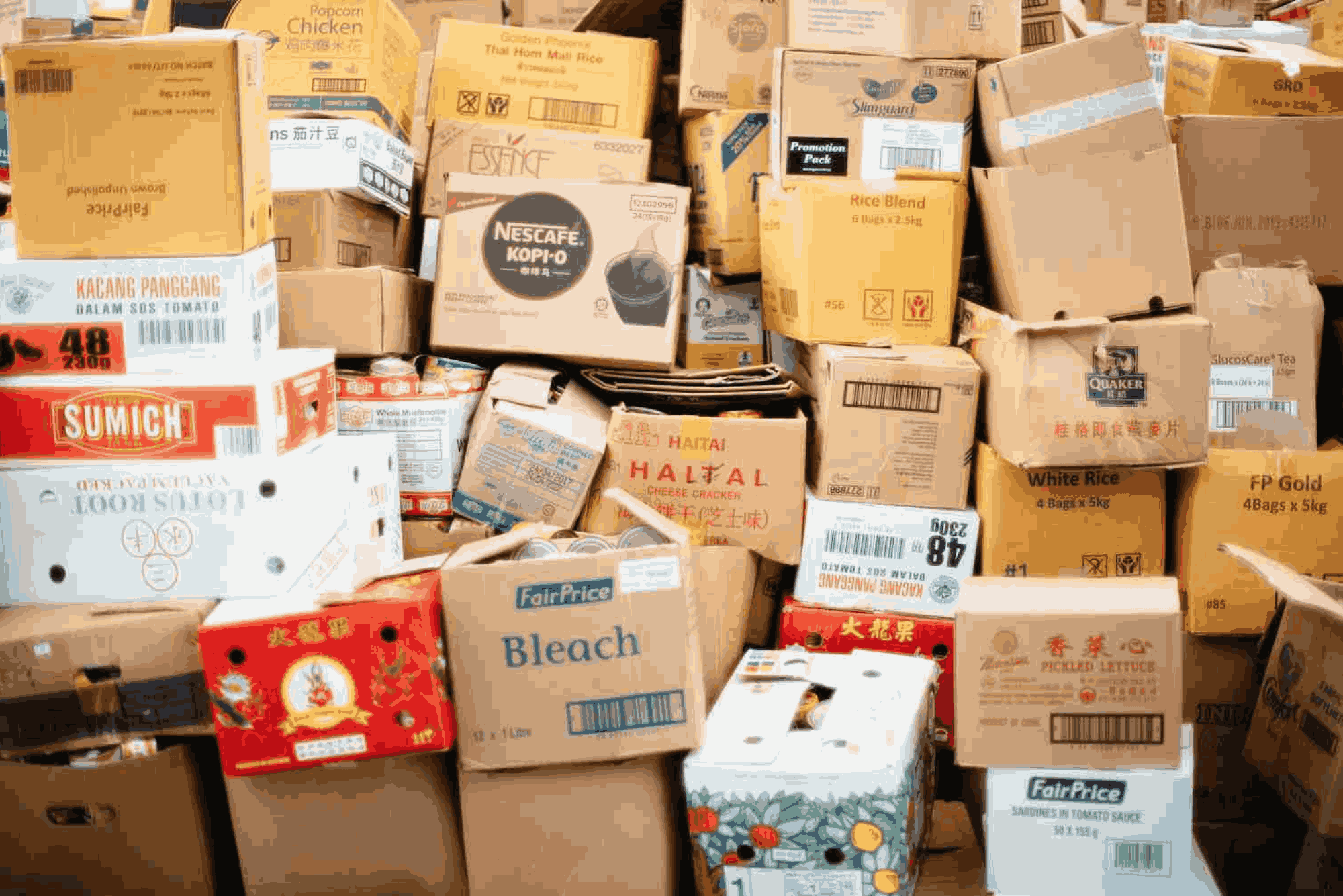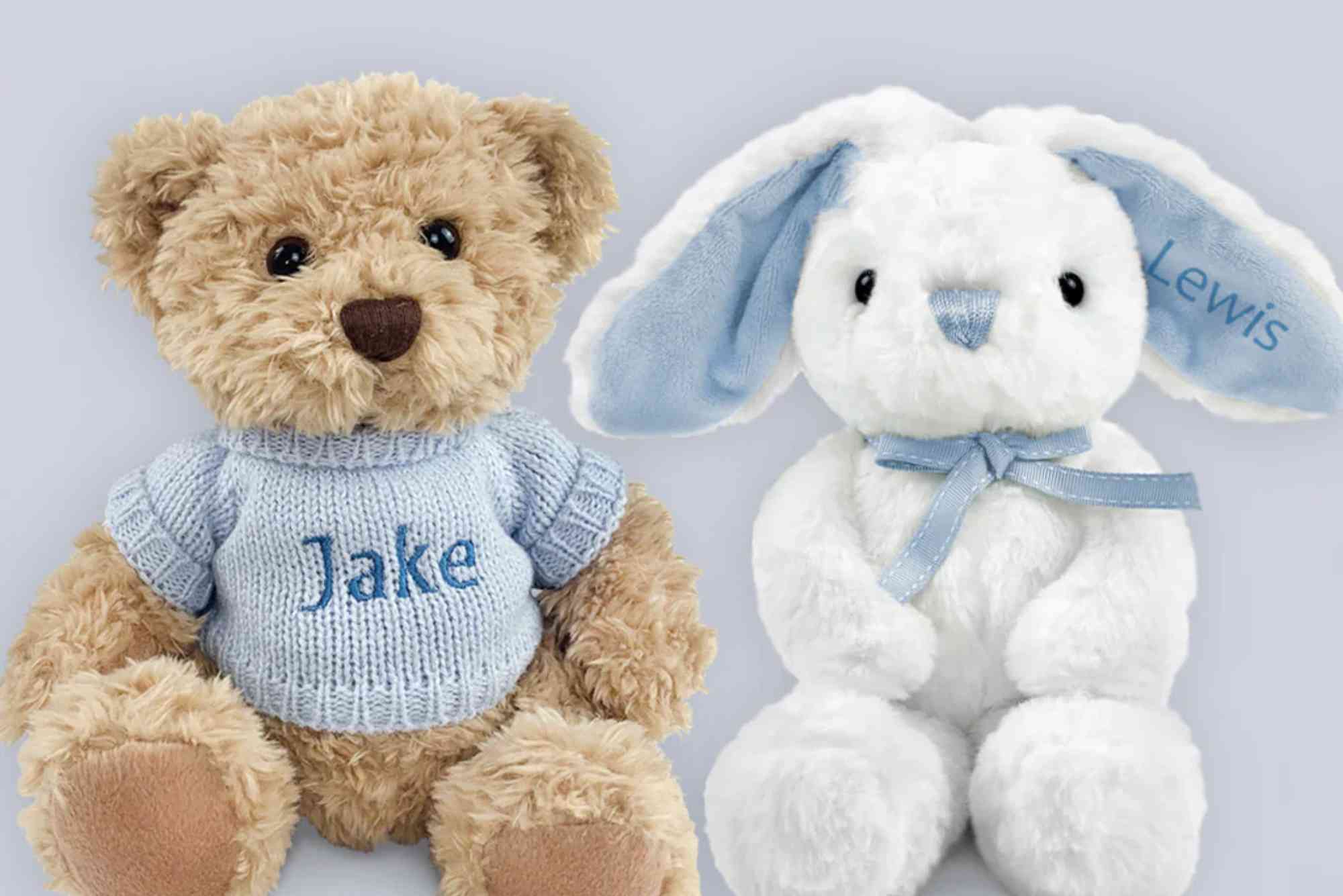As Pakistan’s textile sector advances, especially in cities like Multan, Faisalabad, and Bahawalpur, sustainability in packaging is no longer a luxury—it’s a necessity. Hosiery products such as socks, tights, and leggings are lightweight, but their packaging often involves excess materials, plastics, and non-recyclables. These materials, if not managed properly, contribute to environmental waste and rising operational costs.
This article offers actionable strategies to reduce hosiery packaging waste, improve efficiency, and align with global sustainability benchmarks. We’ll examine how producers in South Punjab can adopt eco-friendly packaging, leverage tech solutions supported by Ignite and STZA, and meet rising expectations from both local and international buyers.
Why Reducing Packaging Waste in Hosiery Matters
It lowers costs, minimizes environmental harm, and enhances brand credibility.
The typical hosiery packaging process includes plastic sleeves, cardboard inserts, hang tags, and shrink wrap. While they ensure product protection, these materials often end up in landfills.
Major Problems With Wasteful Packaging:
-
Non-recyclable plastic films
-
Oversized boxes increasing void space
-
Unnecessary inner sleeves and tags
-
Inconsistent disposal practices in production hubs
🧠 Regional Insight: A hosiery factory in Dera Ghazi Khan reduced its packaging-related landfill waste by 42% in 2023 after replacing PVC sleeves with biodegradable alternatives.
Sustainable Hosiery Packaging Materials
Replace traditional plastics and inks with biodegradable, recycled, and compostable alternatives.
Shifting to sustainable packaging materials is one of the fastest and most effective ways to reduce waste without compromising quality.
Eco-Friendly Material Alternatives:
-
Kraft paper wraps instead of plastic sleeves
-
Soy-based inks for printing
-
Compostable cornstarch bags for product wrapping
-
Recycled cardboard sleeves and boxes
🎯 Example from Bahawalpur: An export unit supplying hosiery to Germany switched to kraft-based belly bands, reducing their plastic usage by 65%.
Minimalist Hosiery Packaging Design
Simplify packaging by removing redundant components while retaining product safety and branding.
A key principle of reducing packaging waste is designing smarter, not bigger. This approach is cost-effective and environmentally sound.
Tactics to Simplify Packaging:
-
Use single-piece belly bands with integrated hangers
-
Print care instructions on the packaging to avoid inserts
-
Remove double-boxing for eCommerce deliveries
-
Opt for flat-fold sock packaging to minimize size
🧠 Tip from Sahiwal: A hosiery brand eliminated 2 inner layers in their gift sets and saved nearly 1.2 tons of packaging annually.
Recyclable and Returnable Hosiery Packaging
Choose packaging options that can be reused or easily recycled by customers.
Encouraging end-users to participate in waste reduction creates a circular economy for your brand. It also aligns with international export norms, especially for EU countries.
Packaging Features to Make Recycling Easier:
-
Clear recycling symbols on each component
-
Uncoated kraft paper and cardboard
-
Single-material boxes (no plastic windows or laminates)
-
Returnable pouches for B2B deliveries
📈 STZA Update: Under the South Punjab Tech Zone, B2B textile firms in Lodhran and Vehari are piloting returnable hosiery crates to reduce secondary packaging waste.
Hosiery Packaging Automation to Reduce Overuse
Automate packing lines to eliminate human error and material overuse.
Manual packaging processes often result in excessive tape, padding, or oversized boxes. Automation ensures consistency and reduces unnecessary inputs.
Automation Strategies That Reduce Waste:
-
Digital die-cut machines for exact-size boxes
-
Sensor-based product counters to avoid overpackaging
-
Auto-labelers to cut down paper waste
-
Smart folding machines for consistent sealing
💬 Expert Quote: “Incorporating automation in hosiery packaging isn’t just about speed—it’s about reducing human-induced waste at scale.” — CEO, Ignite Pakistan
Midpoint Anchor Text Placement
Businesses looking to improve efficiency and cut environmental impact should explore custom solutions offered by Buddy Packaging. Their hosiery packaging systems focus on waste-reduction, recyclability, and export readiness—crucial for evolving global and local market demands.
Hosiery Packaging Waste Management in Factories
Introduce structured sorting, training, and disposal systems to keep waste in check.
Even sustainable packaging can become wasteful if not handled properly on the production floor. Waste management starts from the moment packaging is received and used.
Factory-Level Waste Reduction Tips:
-
Set up separate bins for plastic, paper, and mixed waste
-
Train packaging teams on waste-handling best practices
-
Audit packaging waste monthly to identify improvement areas
-
Partner with local recycling vendors for regular pickups
📦 Faisalabad Example: A hosiery unit integrated color-coded waste zones and diverted 80% of its packaging materials from landfill.
Export-Compliant Eco Packaging for Hosiery
Quick Answer: International buyers prefer sustainable packaging that complies with environmental regulations.
Pakistan’s textile exports must now adhere to stricter packaging norms in key markets like the EU and UK. Exporters in Multan and Sargodha are seeing requests for sustainability reports and recyclable packaging specs.
Eco-Compliant Export Packaging Elements:
-
Use of FSC-certified paper
-
Packaging content transparency (e.g., 80% recycled)
-
Biodegradable seals instead of plastic adhesives
-
Care and disposal instructions printed in dual language
🧠 Pro Tip: Include your brand’s environmental mission or QR code leading to a recycling guide—buyers appreciate accountability.
Digital Packaging Solutions to Reduce Physical Waste
Quick Answer: Use scannable codes and cloud-based content to eliminate printed inserts.
Digital packaging lets you offload information, marketing content, and even return instructions to the web, reducing paper usage.
Ways to Digitize Hosiery Packaging:
-
QR codes for product care guides
-
Digital size charts instead of print leaflets
-
Online warranty or return process instead of printed forms
-
AR-enabled packaging to replace bulky printed catalogues
📱 Innovation in Rahim Yar Khan: A hosiery manufacturer embedded NFC chips into premium packaging for product traceability and user experience—no inserts required.
People Also Ask
Q1: How can I reduce waste from hosiery packaging?
Use recyclable materials, simplify design, automate packing, and digitize inserts.
Q2: What is eco-friendly packaging for socks?
It includes kraft paper wraps, soy-based inks, and recyclable cardboard sleeves.
Q3: Are plastic sleeves bad for hosiery packaging?
Yes, they are non-biodegradable and often end up in landfills. Switch to biodegradable wraps.
Q4: Can I recycle hosiery packaging?
Yes, if it’s made from uncoated paper, cardboard, or compostable plastics with clear disposal instructions.
Q5: Is sustainable packaging expensive for small businesses?
Not necessarily—bulk purchasing, local sourcing, and smart design reduce costs over time.
Q6: How can factories handle packaging waste better?
Through training, waste audits, and recycling partnerships with local vendors.
Q7: Do international buyers require eco-packaging?
Yes. Export markets increasingly demand recyclable, minimal, and eco-certified packaging.
Final Thoughts
As someone who has worked with hosiery brands across South Punjab, I’ve seen how minor shifts in packaging strategy can yield massive gains—in costs, customer loyalty, and environmental credibility.
The choice between wasteful and sustainable packaging is no longer about trends—it’s about responsibility and compliance. With tech support from Ignite and packaging innovations in STZA zones, Pakistan’s textile SMEs have access to the tools they need to lead in eco-efficiency.
Reducing hosiery packaging waste is not only good for the planet but also good for business. Whether you’re selling in Vehari or shipping to London, the solution starts at the packing table.




